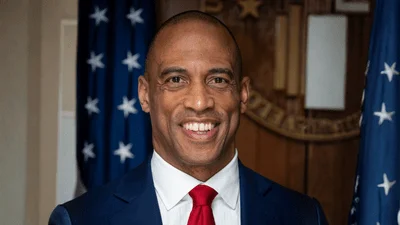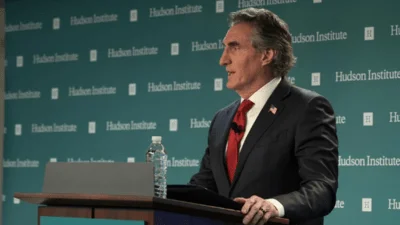The NFIB Small Business Optimism Index increased by 3.4 points in December, reaching 105.1, marking the second consecutive month above the long-term average of 98 and achieving its highest level since October 2018. Among the ten components of the index, seven saw increases, two decreased, and one remained unchanged. The Uncertainty Index also fell by 12 points to 86.
"Optimism on Main Street continues to grow with the improved economic outlook following the election," stated NFIB Chief Economist Bill Dunkelberg. "Small business owners feel more certain and hopeful about the economic agenda of the new administration. Expectations for economic growth, lower inflation, and positive business conditions have increased in anticipation of pro-business policies and legislation in the new year."
Key findings from the report include a significant rise in expectations for economic improvement among small business owners, with a net increase of 16 points to a seasonally adjusted net 52%, which is the highest since late 1983. Additionally, there was an increase in owners believing it is a good time to expand their businesses, rising six points to 20%. The expectation for higher real sales volumes also grew by eight points to a net 22%.
Inventory investment plans are up as well, with a net six percent planning investments in coming months—a five-point increase from November—and reported compensation increases dropped slightly by three points to a net 29%. Despite these improvements, inflation remains a concern for many small business owners; twenty percent identified it as their primary issue.
The monthly jobs report revealed that while job openings remain high at a seasonally adjusted rate of 35%, down one point from November, hiring challenges persist due to a lack of qualified applicants. Capital outlays were reported by fifty-six percent of owners over the past six months.
Sales trends showed mixed results with no change from November's negative reports on nominal sales but an increase in expectations for future sales volumes. Inventory levels appeared stable with some reporting gains.
Price adjustments varied across sectors such as finance and retail where price hikes were frequent. Plans for further price hikes stood at a net twenty-eight percent seasonally adjusted.
Overall borrowing needs seem largely met according to respondents; however, four percent found loans harder to obtain compared to previous attempts.
The NFIB Research Center has been collecting data on small business economic trends through quarterly surveys since late 1973 and monthly surveys since 1986. This latest survey was conducted in December 2024.





